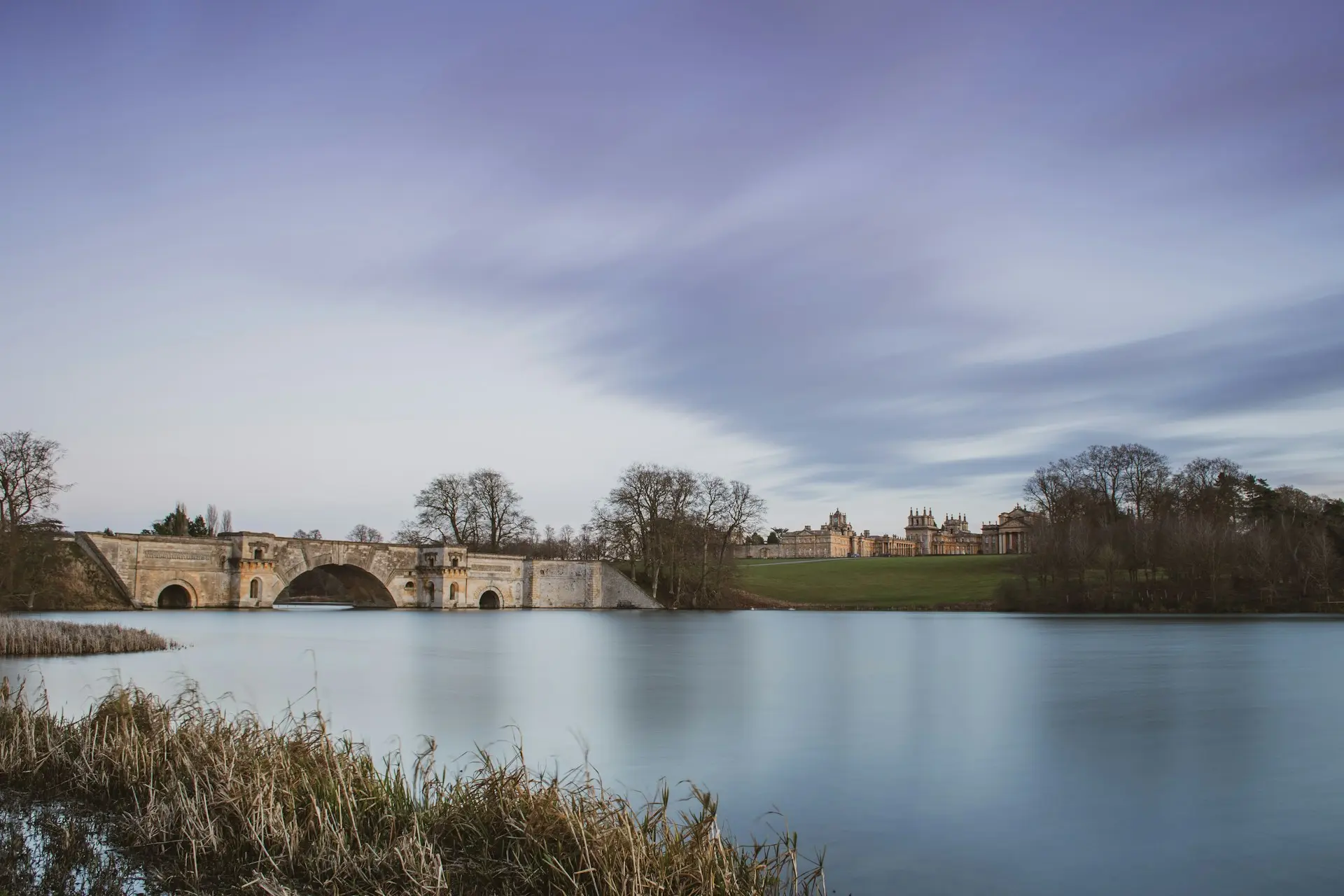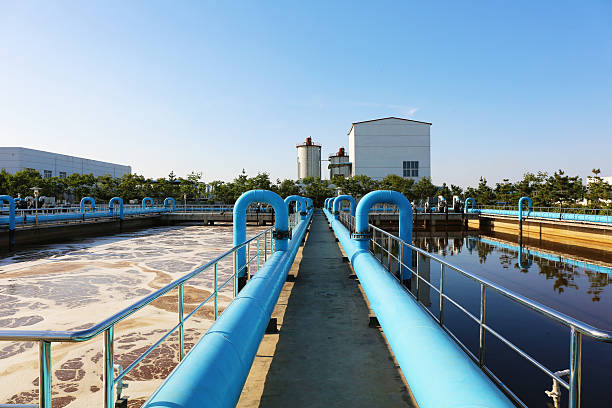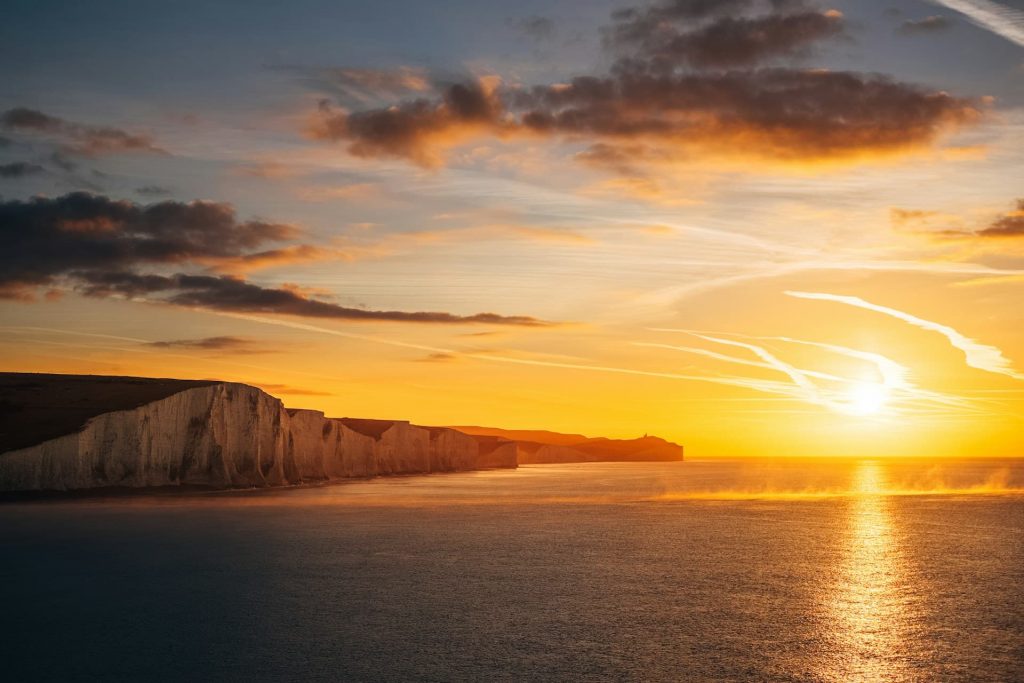The robustness of Britain’s water infrastructure has been much in question over recent years. Not only has the issue of sewage dumping in rivers become a particularly big concern, but the Labour Party highlighted a lack of infrastructure development in its general election manifesto this year.
By noting that no new reservoir had been built in England in the last 30 years, it was both factually correct but not quite the full story; several have been in the pipeline for years, either planned (such as two that Anglian Water is seeking to progress) or for which planning permission and funding now exist, such as the Havant Thicket Reservoir in Hampshire.
Even so, companies considering who to sign contracts with as water suppliers will be mindful of potential concerns about supply. In a changing climate, questions will be rightly asked about what companies have planned for the future. If a firm wants to switch business water suppliers, it will want to do so with some certainty about what the future will be like.
Is A Reservoir Crisis Brewing?
A key concern may be that while there are reservoirs apparently on the way, there may be barriers to progress in getting shovels in the ground and, subsequently, water flowing through pipes.
Any such fears may have grown with news that the granting of planning permission for another new reservoir, this time near Abingdon in Oxfordshire to serve the Thames Water region, has run into some fierce opposition.
Environment secretary Steve Reed, no doubt wanting to be seen to be making good on the pledge to build new reservoirs, recently granted planning consent for the ‘mega-reservoir’, which will form part of Thames Water’s Water Resource Management Plan.
However, those of other political persuasions – specifically the Liberal Democrats – have joined environmental groups in opposing the scheme. Both Vale of White Horse Council and the new MP for Didcot and Wantage Olly Glover have written to the government to oppose the scheme, while 3,600 people have signed a petition against it.
Thames had said the reservoir would be central to “actions and investment required to deliver a secure and sustainable water supply for the next 50 years and beyond”, but Group Against Reservoir Development (GARD), the co-sponsor of the petition along with the Campaign to Protect Rural England, remains adamantly opposed.
Stork Stirs Stern Opposition
Its chairman Derek Stork said: “The reservoir remains the least drought resilient, longest delivery-time, most environmentally damaging and disruptive ‘solution’ to the coming water shortages in the south-east,” arguing that Thames leaks over twice as much water each year as the new reservoir would hold at full capacity.
Claiming that the decision will be greeted with “astonishment and deep resentment” in Oxfordshire, he accused the secretary of state of rushing through his decision just days after a public inquiry had concluded, without enough time to consider its findings.
Mr Stork stated that no independent impact assessment had been made of the plan, while both Mr Glover and Vale of White Horse leader Bethia Thomas have requested meetings with the government as they press for a fresh inquiry.
The controversy comes as Thames pushes the case for a 60 per cent rise in water bills to keep afloat, which may raise further resentment in the Thames Water area. This being the case, it may be that campaigners against other reservoir plans elsewhere are emboldened by the strength of feeling against this one.
Can We Manage Without More Reservoirs?
For all that, Thames has argued that without this new development, it won’t be able to guarantee London’s future water needs, and the same argument may be used increasingly by firms in the drier south-eastern corner of the UK, especially Anglia Water as the East of England region’s population soars around growing towns and cities like Cambridge.
Some might imagine after a very wet 18 months that water shortages should not be a problem, but even in the coolest summer since 2015, the Met Office has revealed that it was drier than usual in most of the country, apart from Cumbria, western parts of Scotland and Northern Ireland, and average overall.
In short, it was drier mainly in the parts of the UK where the new reservoirs are all proposed, hinting at the problems that may arise in drier-than-usual summers.
The government may be very keen to get new reservoirs built, but from nimbysim to the potential costs amid the increasing demands on unpopular and struggling water providers, there may be a lot of obstacles in the way of meeting these objectives. That doesn’t mean another 30 years with no new reservoirs, but it may mean fewer than some would hope.



